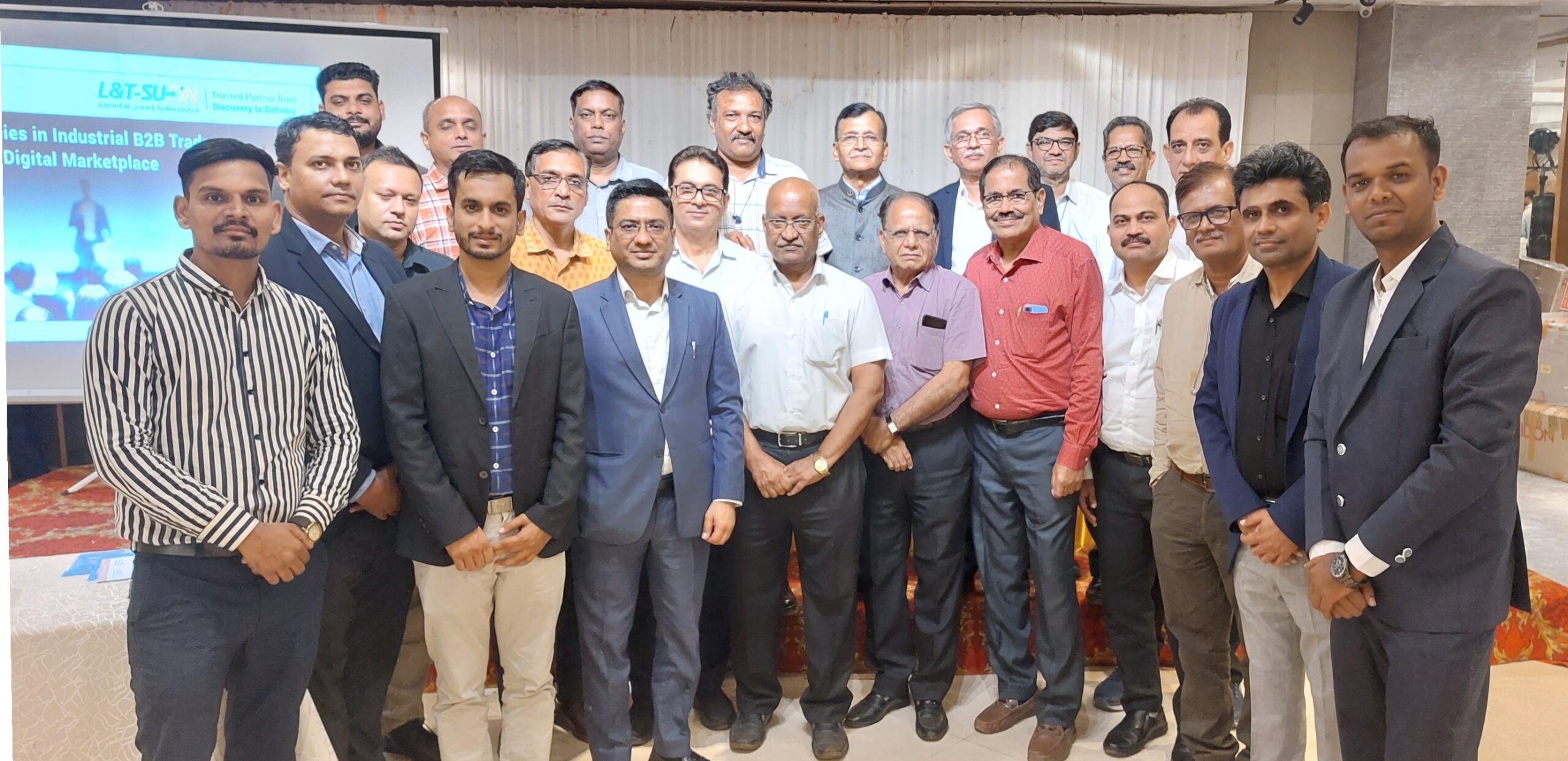Since President Donald Trump returned to the White House in January 2025, trade policy has once again become a centerpiece of American economic strategy. His administration has rapidly implemented a series of executive orders aimed at reshaping U.S. trade relationships through a mix of tariffs, retaliatory measures, and strategic protections for domestic industries. These policy moves mark a definitive shift toward economic nationalism, with far-reaching implications for global trade partners, including India.
Trump’s first action came on his inauguration day, 20th January, 2025, when he signed a memorandum titled “America First Trade Policy.” This document directed various federal agencies to conduct a sweeping review of the vulnerabilities within the U.S. industrial base and examine the distortive effects of foreign subsidies on American procurement. It laid the groundwork for what followed: an assertive reimposition of tariffs and a reconfiguration of trade norms based on bilateral reciprocity rather than multilateral cooperation.
On 1st February, 2025, the administration took a bolder step by imposing sweeping tariffs on Mexico, Canada, and China under the International Emergency Economic Powers Act (IEEPA). Justifying the move on grounds ranging from illegal immigration and synthetic opioid trafficking to economic retaliation, Trump levied a 25% tariff on all imports from Mexico and Canada, and a 10% tariff on Chinese goods. These actions immediately drew international criticism but underscored the administration’s willingness to act unilaterally to achieve domestic policy goals.
Further intensifying its approach, the Trump administration issued proclamations on 10th February, 2025, expanding Section 232 tariffs—originally intended to protect U.S. steel and aluminum industries—to all countries, ending previous exemptions granted to allies like Canada, Mexico, the EU, and Japan. The administration cited national security concerns to justify the decision, arguing that America’s reliance on foreign metals posed a strategic risk.
Two additional memoranda followed on 21st February, defending U.S. companies against overseas penalties and promoting domestic investments in advanced technologies. These memoranda formed the ideological backbone of what the administration termed the “America First Investment Policy,” aimed at regaining technological supremacy in sectors such as artificial intelligence, microelectronics, and semiconductors.
India’s relevance to this new trade regime became sharply evident with the issuance of a landmark Executive Order on 2nd April, 2025. This directive introduced a “reciprocal tariff” policy under which the U.S. would impose tariffs on foreign goods matching the rates those countries charge on American exports. India, along with Vietnam, China, and certain EU nations, was identified as a country maintaining significantly higher tariff barriers against U.S. products. In response, the U.S. levied a 26% tariff on key Indian exports, including telecom equipment, leather goods, and industrial machinery. Pharmaceuticals and IT services, however, were exempted, given India’s strategic importance in those sectors.
This executive order also created a new enforcement body, the Office of Trade Fairness, under the U.S. Trade Representative (USTR). The office is responsible for monitoring tariff asymmetries, recommending adjustments, and reporting quarterly to Congress on compliance and enforcement progress.
India’s initial response was measured but cautious. While expressing concern over the unilateral nature of the action, the Indian government stopped short of retaliatory tariffs. Instead, it began exploring options within the framework of the World Trade Organization (WTO) and ramped up diplomatic efforts to engage the U.S. in sector-specific negotiations. Indian industry groups, meanwhile, called for export incentives and diversification toward other markets, including the EU, the UK, and Africa.
Just six days after the reciprocal tariff order, the Trump administration escalated its economic offensive against China. On 8th April, 2025, it announced a dramatic increase in tariffs on Chinese imports, raising them by an additional 50%. This move brought the effective tariff rate on Chinese goods to over 104%. The White House justified the increase by accusing Beijing of failing to lift retaliatory tariffs imposed on U.S. goods, thus violating what the administration sees as “fair trade norms.”
Another key measure came in March 2025 with Executive Order 14245, which imposed a 25% tariff on all goods from any country that continues to import oil from Venezuela. Aimed at curbing international support for Nicolás Maduro’s government, the order was as much a geopolitical statement as it was a trade directive.
Collectively, these orders signal a radical departure from multilateral trade systems rooted in the World Trade Organization and most-favored-nation principles. Instead, the Trump administration is pushing for a new global trade regime based on bilateralism, reciprocity, and economic leverage. For India, this new reality is both a challenge and an opportunity. While some export sectors face immediate pressure, others—particularly pharmaceuticals and software—remain insulated and may even find new openings due to higher U.S. tariffs on competitors like Vietnam.
As trade tensions rise and more executive actions loom, India’s policymakers, exporters, and industry leaders will need to recalibrate their strategies. Diplomatic engagement, market diversification, and domestic capacity-building will be essential to navigating this new era of uncertainty and opportunity.
UPDATE:
In a significant development, the U.S. administration has announced a 90-day pause on the implementation of the Reciprocal Tariffs Executive Order issued on 2nd April. The decision comes amid growing pressure from domestic industry groups, international trade partners, and ongoing diplomatic engagement with key allies—including India. During this pause, the U.S. Trade Representative will initiate consultations with affected countries to explore alternative trade-balancing mechanisms. For India, this offers a temporary reprieve and a critical window to engage in dialogue, assess sectoral vulnerabilities, and negotiate mutually beneficial outcomes before the tariff regime potentially comes into force.




